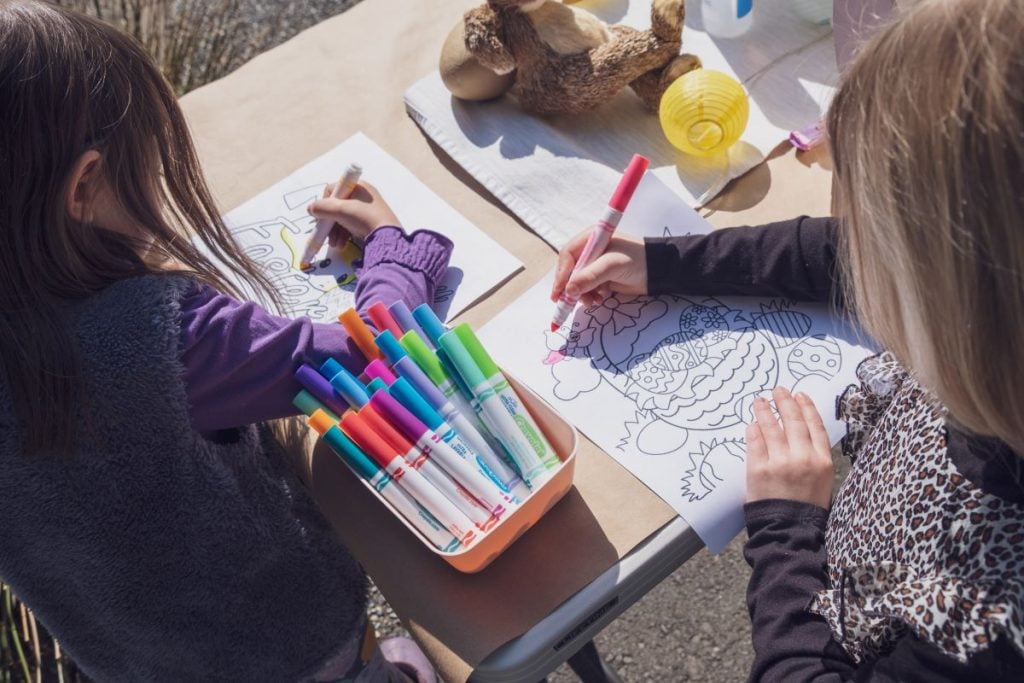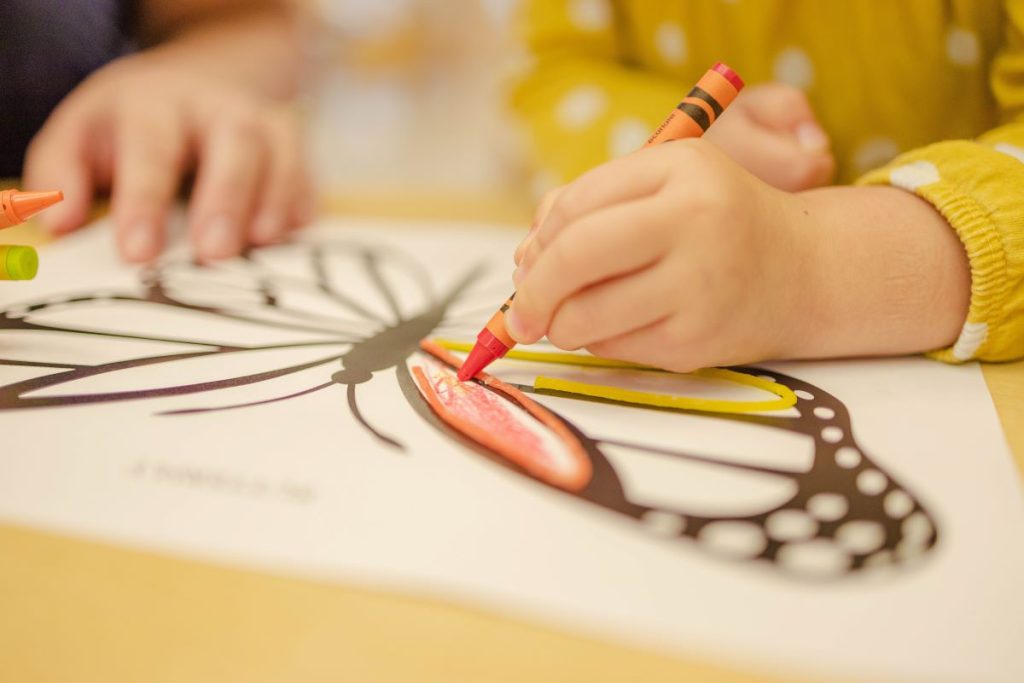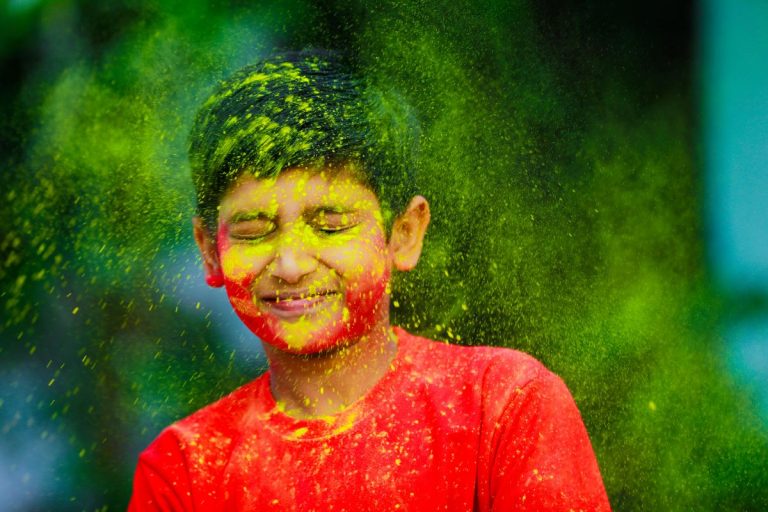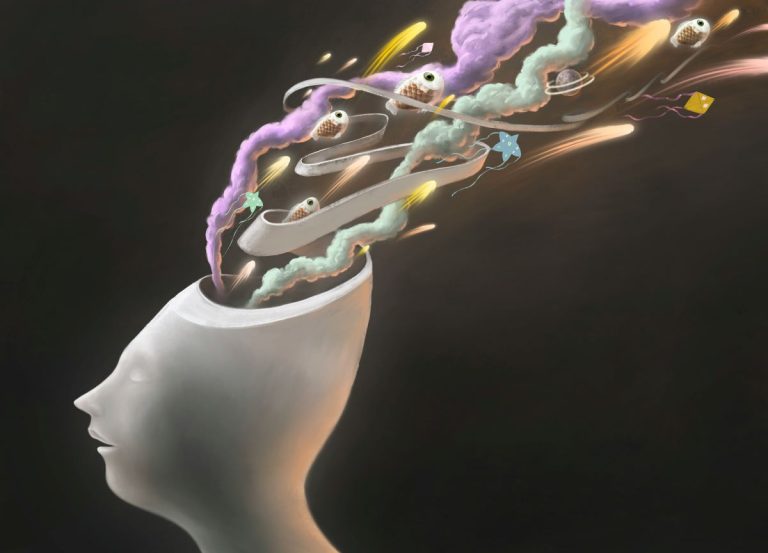Coloring pages are not only a fun and engaging activity for children but also a powerful tool that contributes to their psychological, cognitive, and emotional development. By offering a creative and constructive outlet, coloring pages help nurture essential life skills, foster self-expression, and promote a strong foundation for academic success. The various benefits of coloring pages extend far beyond mere entertainment, making them an invaluable resource for parents, caregivers, and educators seeking to support children’s growth in a holistic manner.
In this article, we will explore ten science-based benefits of coloring pages for kids, delving into their impact on psychology and development.
Table of Contents
- 1. Improves Motor Skills
- 2. Stimulates Creativity
- 3. Color Awareness, Recognition and Discernment
- 4. Improved Focus and Hand to Eye Coordination
- 5. Relieves Stress or Anxiety
- 6. Improves Handwriting
- 7. Encourages Self-Expression
- 8. Develops Patience and Perseverance
- 9. Builds Social Skills
- 10. Boosts Academic Performance
1. Improves Motor Skills
Coloring pages play a vital role in the development and improvement of children’s fine motor skills. As kids grasp crayons, colored pencils, or markers and maneuver them to color within the lines, they are honing their hand-eye coordination, dexterity, and precision. These skills are essential for various tasks in daily life, such as writing, typing, buttoning clothes, and manipulating small objects.
Research has shown that engaging in activities that require the use of fine motor skills can help strengthen the muscles in the hands and fingers, leading to better control and coordination. By practicing coloring regularly, children can progressively refine their motor skills, setting a strong foundation for success in other areas of their lives.
2. Stimulates Creativity
Coloring pages provide an excellent opportunity for children to express and develop their creativity. As kids choose colors and decide how to fill in the spaces on the page, they are given the freedom to experiment with different combinations, styles, and techniques. This creative process encourages children to think outside the box, explore new ideas, and take risks in their artwork.
Research has shown that fostering creativity in children can lead to improved problem-solving skills, greater adaptability to new situations, and increased confidence in their abilities to produce original work. By participating in coloring activities, kids can not only enjoy a fun and engaging pastime but also cultivate the imaginative and innovative thinking that will serve them well in all aspects of their lives.

3. Color Awareness, Recognition and Discernment
Coloring pages play a significant role in helping children recognize and distinguish various colors, which is a crucial aspect of their cognitive development. By identifying, naming, and selecting colors, kids can build a strong foundation for understanding more complex color concepts, such as color mixing, shading, and color relationships. As they practice coloring, children learn to associate specific colors with objects, emotions, and even cultural meanings.
This knowledge can aid in their development of visual literacy, which is essential for processing and interpreting visual information in everyday life. Furthermore, color recognition can contribute to improved communication skills, as children learn to accurately describe and discuss colors in their surroundings. By incorporating coloring pages into their daily activities, children can develop a keen sense of color awareness that will enrich their cognitive and artistic growth.
4. Improved Focus and Hand to Eye Coordination
Coloring is an activity that requires children to pay close attention to detail and concentrate on the task at hand. As they engage in coloring, they learn to block out distractions and develop the ability to focus for extended periods. This skill is essential for academic success, as it translates to improved performance in tasks such as reading, writing, and problem-solving. Moreover, the development of focus and concentration can positively impact other areas of a child’s life, such as participating in sports, playing musical instruments, or learning new skills.
Research has shown that engaging in focused activities like coloring can also promote a state of mindfulness, which is characterized by being fully present and attentive to the current moment. Mindfulness has been linked to numerous psychological benefits, including reduced stress and anxiety, improved emotional regulation, and enhanced well-being. By incorporating coloring pages into their routine, children can cultivate the focus and concentration necessary to excel academically and thrive in various aspects of their lives.
5. Relieves Stress or Anxiety
Coloring pages can serve as a therapeutic outlet for children experiencing stress or anxiety. The repetitive and calming nature of coloring helps kids to relax and focus their attention on the task at hand, rather than on their worries. Engaging in this activity stimulates the release of endorphins, which are the body’s natural feel-good hormones. These endorphins help to counteract stress and promote a sense of calm and well-being.
Research has shown that engaging in creative activities like coloring can have similar effects to meditation, as both practices induce a state of mindfulness and relaxation. In fact, art therapy has become an increasingly popular method for helping individuals of all ages cope with stress, trauma, and emotional challenges. By incorporating coloring pages into a child’s daily routine, parents and caregivers can provide a valuable tool for stress relief and emotional regulation, supporting their overall mental health and well-being.
6. Improves Handwriting
As children practice coloring within the lines, they develop better control over their hand movements and grip strength. This translates to improved handwriting skills, as kids learn to hold writing instruments correctly and exert the right amount of pressure while writing. The fine motor skills and hand-eye coordination required for coloring also play a significant role in the formation of letters, numbers, and symbols.
Consistent practice with coloring pages can lead to neater, more legible handwriting, which is essential for clear communication and academic success. Moreover, improved handwriting can boost a child’s confidence and self-esteem, as they take pride in their ability to present their thoughts and ideas on paper effectively. By incorporating coloring activities into their routine, parents and caregivers can support the development of essential writing skills that will serve children well throughout their lives.

7. Encourages Self-Expression
Coloring pages offer children an opportunity to express their emotions, thoughts, and ideas through their color choices and artwork. This form of self-expression can help kids process their feelings, develop a sense of identity, and build healthy coping mechanisms. As they experiment with different colors, patterns, and styles, children can discover their personal preferences and artistic voice, fostering a sense of individuality and creative confidence.
Additionally, coloring can serve as a non-verbal communication tool, allowing parents and caregivers to gain insight into a child’s emotional state and experiences. Observing a child’s artwork and discussing their color choices can potentially foster open communication, understanding, and emotional connection between children and the adults in their lives. By providing opportunities for self-expression through coloring pages, parents and caregivers can support a child’s emotional development and nurture their creativity.
8. Develops Patience and Perseverance
Coloring requires time, effort, and attention to detail, teaching children the value of patience and perseverance. As they work towards completing a coloring page, kids learn that persistence can lead to a sense of accomplishment and satisfaction. These important life skills can translate to academic success, as children become more comfortable with tackling challenging tasks and working through difficulties.
Furthermore, coloring can help children develop a growth mindset, which is the belief that their abilities and intelligence can be improved through hard work and persistence. Research has shown that individuals with a growth mindset are more likely to embrace challenges, learn from setbacks, and persist in the face of obstacles. By engaging in coloring activities that promote patience and perseverance, children can cultivate the resilience and determination necessary to excel in school and overcome challenges in various aspects of their lives.
9. Builds Social Skills
Coloring can be a social activity that fosters cooperation, teamwork, and communication. When children work together on a coloring project or share their completed artwork with others, they learn to share, communicate, and collaborate effectively. These social skills are essential for developing and maintaining healthy relationships throughout their lives, both personally and professionally.
Group coloring activities can also provide opportunities for children to practice empathy, as they listen to others’ ideas and consider different perspectives. This can help them develop a deeper understanding of the feelings and experiences of those around them, promoting emotional intelligence and compassionate behavior.
By participating in coloring activities with peers, siblings, or family members, children can strengthen their social skills and form meaningful connections with others. Parents and caregivers can further support this development by encouraging group coloring sessions and engaging in conversations about the creative process, offering praise and constructive feedback on children’s artwork.
10. Boosts Academic Performance
Engaging in coloring activities can have a positive impact on a child’s academic performance. Coloring can improve cognitive abilities, such as memory, attention, and problem-solving skills, which are crucial for success in subjects like math, science, and language arts. As children develop focus, concentration, and fine motor skills through coloring, they become better equipped to tackle academic tasks that require precision and persistence.
Additionally, coloring can help children develop the patience and resilience needed to excel in their studies. As they work through challenges in their coloring activities, they learn to approach academic difficulties with the same determination and perseverance.
Moreover, the creative thinking and self-expression fostered by coloring can contribute to improved performance in subjects like art, literature, and social studies, where imagination and personal interpretation play a significant role.
By incorporating coloring activities into a child’s daily routine, parents and caregivers can support their overall academic growth and well-being, helping to build a strong foundation for lifelong learning and success.
In summary, coloring pages provide numerous benefits for children’s psychological and cognitive development. They help improve motor skills, stimulate creativity, enhance color recognition, and develop focus and concentration. Coloring pages also promote stress relief, better handwriting, self-expression, patience and perseverance, social skills, and improved academic performance. By incorporating coloring activities into a child’s routine, parents and caregivers can contribute to their overall growth and well-being.
Also check: Free Printable Color by Number Coloring Pages for Preschool Kids








Great article. Learning can be fun and enjoyable.
This article is great and benefits of coloring are also many. But I know one thing for sure from my personal experience is that coloring is very natural to kids, they just love coloring even when they can’t write.
Thanks for the wonderful article. I really loved what you said about how coloring is a great way for children to express themselves, and can help them express themselves better in their lives. My sister has been looking for different activities for her children to do. If coloring could help them develop in all the ways you mentioned, it would definitely make sense to look into getting some fun coloring books for the kids.
Yapp, Coloring is a great activity for children. It offers them an opportunity to express their creativity while mastering fine motor skills, hand eye coordination, and a host of other things.
Thank You for this article, I work in the childcare industry and although I mainly look after the school age children, this has become a huge debate at work recently…..
My director and 2 IC, are both Kiwi’s and are very much against coloring templates.
Whilst my school aged children are not permitted to do this every day, they ask daily for it. I am fighting an uphill battle to try and explain why it is good for them as they think it stops their creativity and willingness to learn to draw.
Any other information on this would be appreciated.
Thanks so much.
Tracy,
I would suggest that you try to strike an agreement with them. You could suggest having both coloring in pages and generalised painting/art (50/50). This way they can reap the benefits of coloring in addressed above while still having what your director and others believe to be free creativity.
I wish you luck as coloring is truly important for children’s development and should be a part of their learning experience.
Hello, I had not thought about this for a while, having just become a grandmother at a fairly old (70) age. Both my daughters just put a piece of paper in front of their 3 yr. old and 16 month old kids. I love it when I get a free hand coloring from my 3 yr old granddaughter. The little guy is all over a big piece of paper, which is great but that daughter is not sending random scribbles to me yet, as the piece of paper would not fit in an envelope.
But, my thoughts are let children free hand at home. When they start kindergarten there will undoubtedly be photocopied pictures put in front of them sometime, maybe not till first. But for now, I personally think that just letting them flourish on paper on their own is fine. They will have really fine motor skills by the time a ‘stay in the lines’ image is put in front of them.
As I sit at my computer, I am looking at a pastel my younger daughter created in perhaps first or second grade. It has three eyes, three noses, one large mouth and the
warthog (her nomenclature) at the time is a body of purple, a torso of green, and very large ears on the head. She had been calling older sister ‘Warthog’ whenever she perceived her older sister as being unkind. (not likely in reality!)
It seems to me that ‘staying in the lines’ too early inhibits the creativity of the child. Thank you.
Hi, I am pro children’s coloring but many in the UK early years aren’t keen, please could you advise on any formal research/theories that I can direct colleagues too. Many Thanks
wheres your citations> i need it for my paper
Thank you for this amazing article about psychology!
Coloring pages help also children (preschools) to learn a lot of useful topics such as: words, animals, colors, numbers …
coloring is a great activity for the children. It develops their art skills and harmonizes their feelings/emotions. But in the case of patterned coloring such as coloring books, i agree what the theorist Lowenfelds said that it restricts and hinders the creativity of the child. It limits his/her idea on the particular lines and there will be higher expectations since it must be perfect same what the book has. As early childhood teacher, a blank white paper and crayons will be best to bring out the inner and inborn talent and creativity from the child.
I would also be interested in the citations for this research. There are many opposing studies to this and that coloring pages actually result in negative impacts. If coloring pages are being used to foster fine motor skills, etc. there are many alternative options that are of higher quality and more developmentally appropriate – even blank paper. I’m am looking forward to learning more about the research behind your perspective.
I am working directly in this field. I am a designer and creator of coloring pages. And I can confidently tell you that coloring pages give children and adults focus, creativity, thinking, and central nervous system development.
Where are the sources and citation for the facts listed?
This says it is science based but doesn’t list the science?? Is there data to back the 10 benefits and where could that be found? Also for citation purposes.